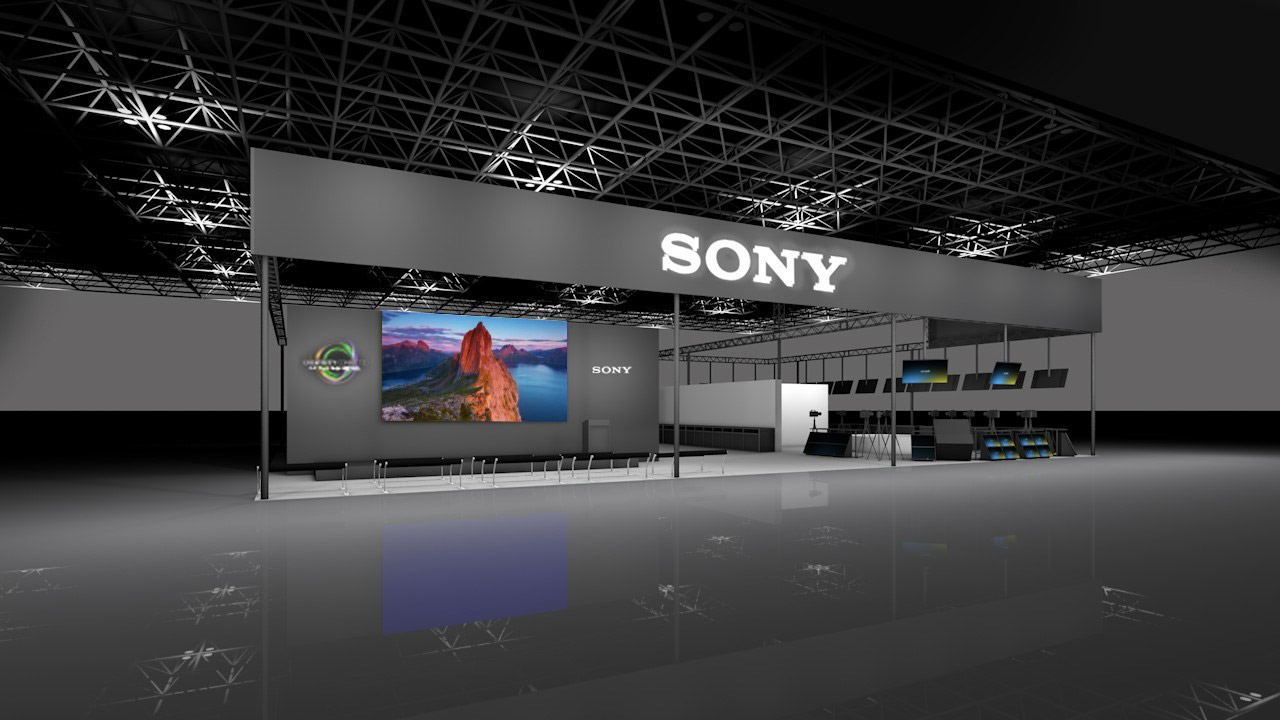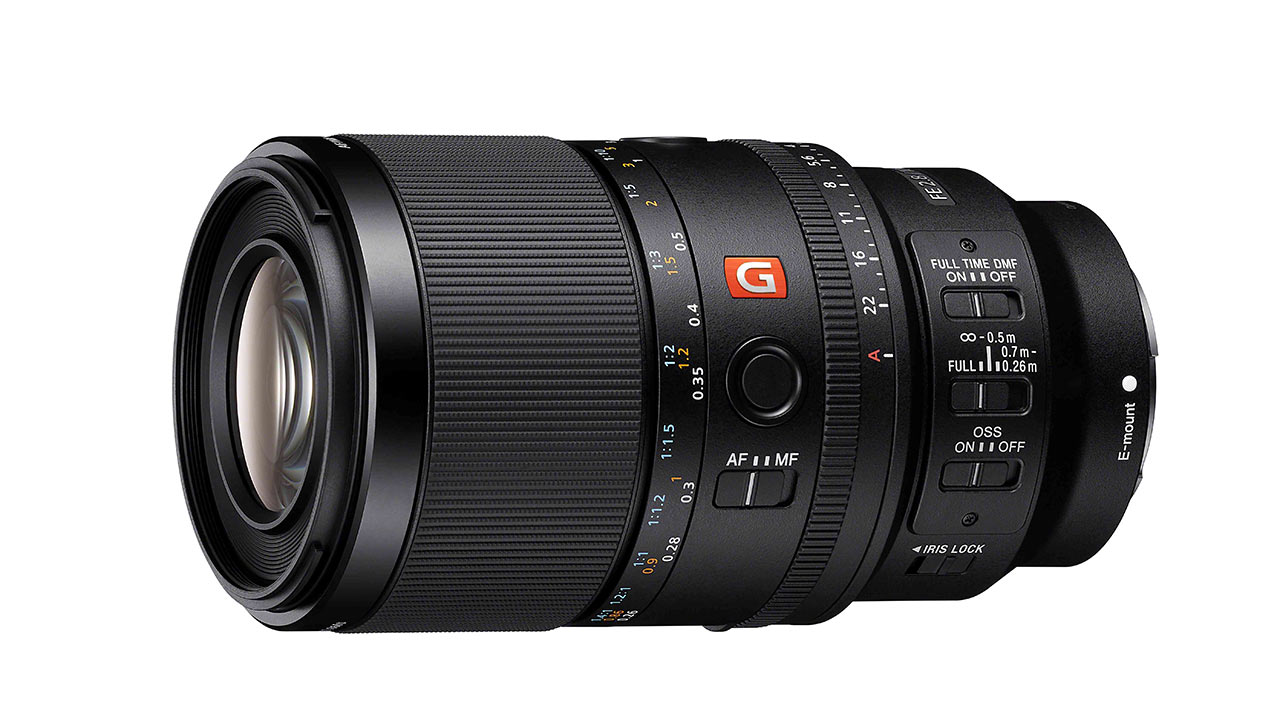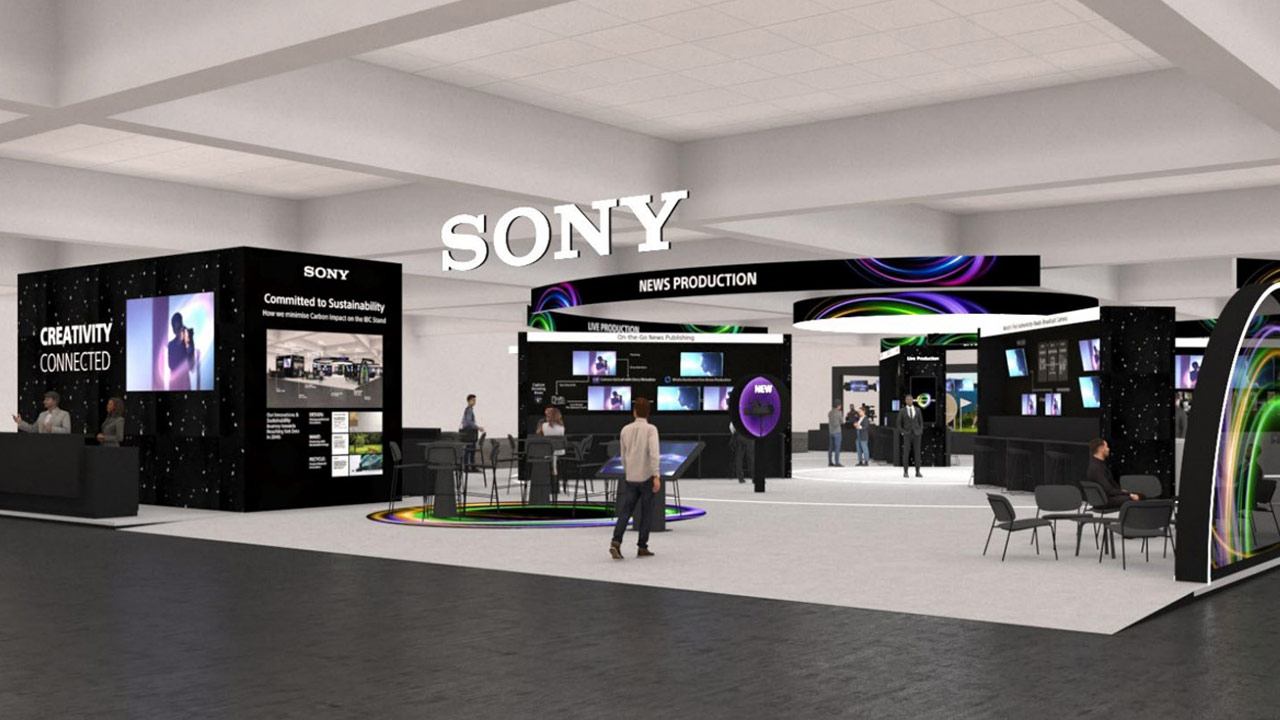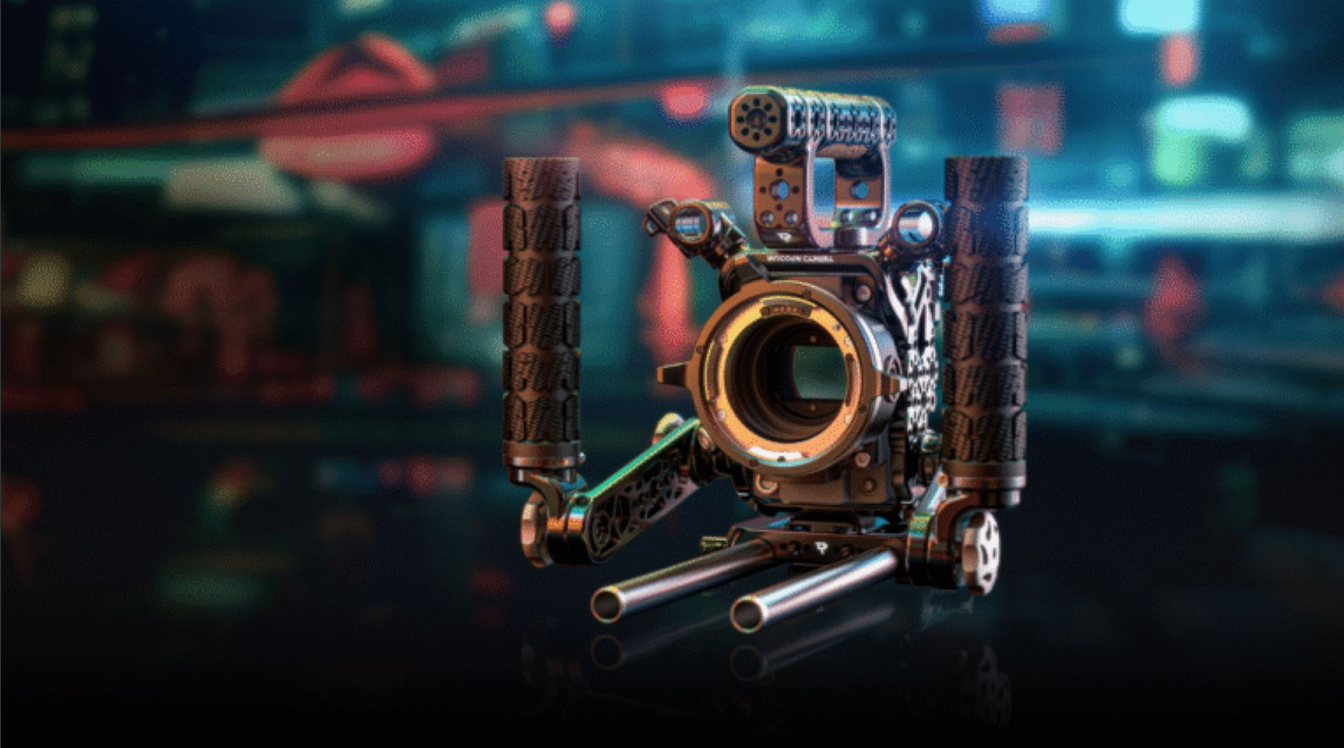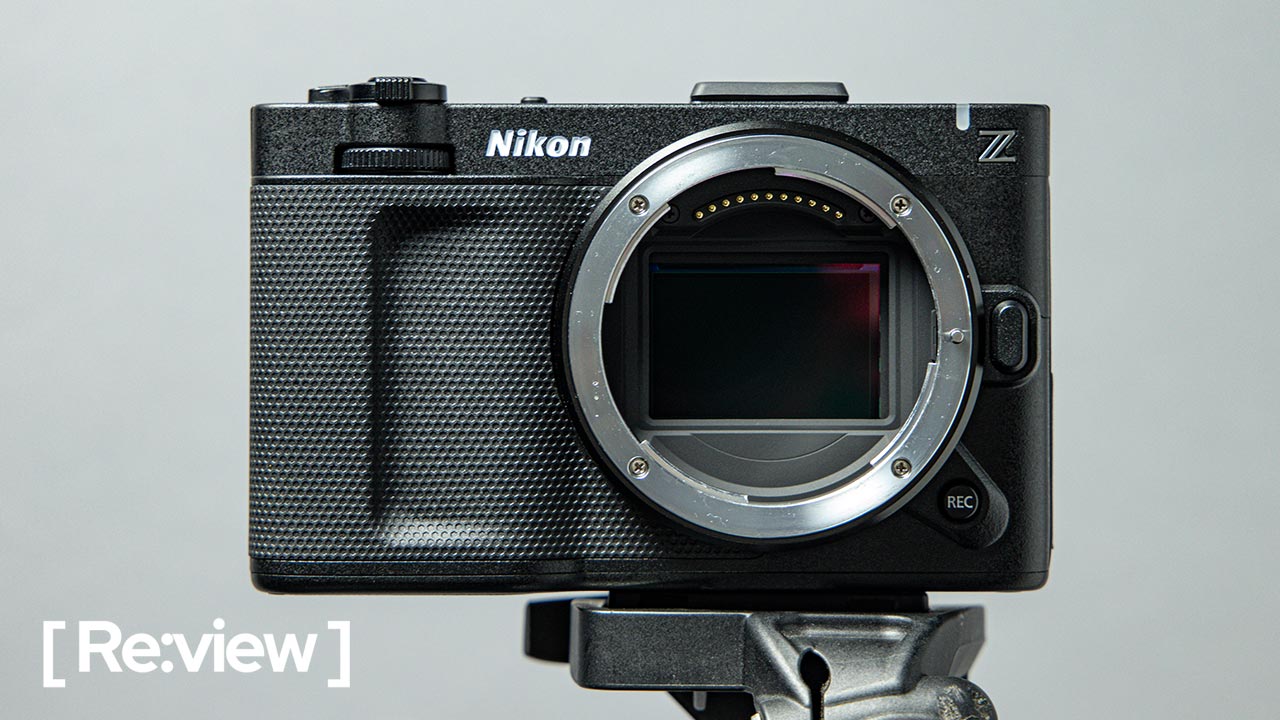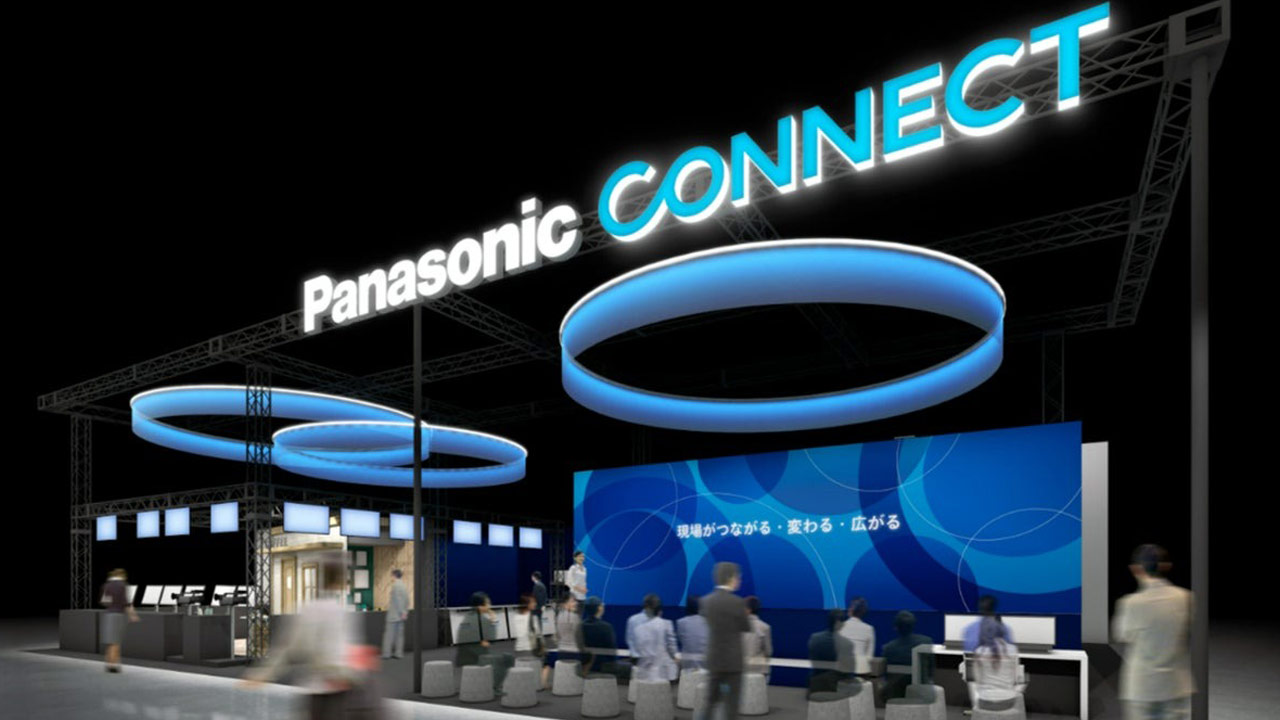NAB2025 Review

Sony’s first camera tracking system, OCELLUS, made its debut at the Sony booth at NAB 2025. The exhibit was alongside the VENICE Extension System Mini, (read about that here in this article). The VENICE Extension System Mini exhibit displayed with the OCELLUS sensor unit attached.
Sony OCELLUS Exhibited At NAB 2025 Local Report
OCELLUS has the ability to transmit camera position information, lens focus, zoom, and iris information to downstream systems such as Unreal Engine. Transmission can be done in real time, or it can be saved as a file inside OCELLUS.
A notable feature of OCELLUS is that it operates without a marker. While existing systems require IR markers or multiple external cameras, OCELLUS operates the sensor unit in advance, learns the characteristic points of the environment, and builds a 3D map. It calculates its own position by recognizing characteristic points within this map. This has the great advantage of being able to be used anywhere. For example, it can be easily used in a variety of environments, such as studio photography or outdoor sporting events.
Onboard sensors
Another strength is the five sensors built into the sensor unit. This makes it possible to comprehensively recognize surrounding feature points over a wide range. In an extreme example, even if the camera is held directly to the side, stable tracking data can be continuously generated if one of the sensors captures the feature points.
In addition, despite being equipped with five sensors, it has a small size, so it does not impede the camera operator’s work.Another advantage is that the field of view is not obstructed.
The presence of five sensors also contributes to ease of installation. In many cases, the main feature points can be captured by installing them on the top without having to be overly conscious of the location of the feature points. In addition to the simple installation, it is also possible to install them on the side depending on the situation.
The rail is also designed with accessories in mind. The rail has a scale so that it can be easily fixed in the same position when reinstalling. The robust design allows the sensor unit to maintain the same position even when reattached after changing lenses, reducing the frequency of calibration.
The five sensor units also contribute to the speed of map generation, which requires capturing a wide range of surrounding feature points, whereas a single sensor needs to capture all directions, with five sensors this process can be significantly shortened.
In addition, OCELLUS is possible to obtain lens data, making it compatible with a wide variety of lenses.
The Exhibition at NAB 2025
When the Sony OCELLUS was exhibited At NAB 2025, the OCELLUS main unit was connected to the VENICE main unit. This setup not only was able to import information and display the image using a single SDI cable, but it also acquired metadata at the same time. By importing lens information, it was demonstrated that zoom, iris, and focus data can be sent to the tracking system without an encoder, and that this lens information can be recorded and output in addition to XYZ, pan, tilt, and roll information.
This allows for simple setup and improves convenience on site. The metadata also includes timecode and Genlock, making for a neater installation. Regarding compatible lenses, information can be obtained from PL lenses and E-mount lenses that have a Cooke/i interface. When using old lenses or manual lenses, information can also be obtained by using a dedicated lens encoder.


